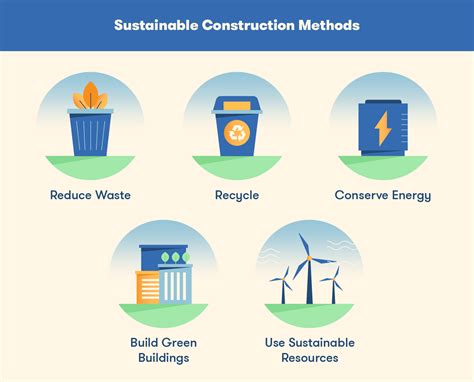Sustainable Building Practices in Oregon: Cost Implications
Oregon, known for its stunning natural beauty and commitment to environmental stewardship, is increasingly embracing sustainable building practices. However, the question on many builders' and homeowners' minds is: what are the cost implications? This article delves into the financial aspects of sustainable building in Oregon, exploring both upfront costs and long-term savings, to help you make informed decisions.
What are Sustainable Building Practices?
Before we dive into costs, let's define what we mean by "sustainable building." It encompasses a range of practices aimed at minimizing the environmental impact of construction and operation throughout a building's lifecycle. This includes:
- Energy Efficiency: Utilizing high-performance insulation, energy-efficient windows, and renewable energy sources (solar, geothermal).
- Water Conservation: Implementing low-flow fixtures, rainwater harvesting systems, and drought-tolerant landscaping.
- Material Selection: Sourcing locally-produced, recycled, and sustainably harvested materials, minimizing embodied carbon.
- Waste Reduction: Minimizing construction waste through careful planning and recycling programs.
- Indoor Environmental Quality: Prioritizing materials with low volatile organic compounds (VOCs) to improve air quality.
Initial Costs vs. Long-Term Savings: The Balancing Act
The upfront costs of sustainable building in Oregon are often higher than conventional construction. This is due to the increased cost of materials, specialized labor, and more complex designs. However, these initial investments often translate into significant long-term savings.
Higher Upfront Costs: A Detailed Look
- Energy-efficient materials: High-performance insulation, triple-pane windows, and solar panels represent a substantial initial investment.
- Specialized labor: Installing some sustainable systems, such as geothermal heating, requires specialized expertise, increasing labor costs.
- Design complexities: Designing a truly sustainable building requires more detailed planning and often the involvement of specialized consultants.
- Permitting and compliance: Oregon has various green building certifications (like LEED) that can involve additional permitting fees and documentation.
Long-Term Cost Savings: Where the Value Lies
Despite the higher initial investment, sustainable building offers considerable long-term financial advantages:
- Reduced energy bills: Energy-efficient features drastically lower utility costs, generating significant savings over the building's lifespan.
- Lower water bills: Water-saving fixtures and landscaping reduce water consumption, leading to lower water bills.
- Increased property value: Sustainable homes are increasingly in demand, commanding higher resale values.
- Reduced maintenance costs: Durable, high-quality materials often require less maintenance over time.
- Potential tax incentives and rebates: Oregon offers various tax incentives and rebates for homeowners and builders who adopt sustainable building practices. Check with Oregon's Energy Trust for current offerings.
What are the common misconceptions about the cost of sustainable building?
A frequent misconception is that sustainable building is prohibitively expensive for everyone. While initial costs are higher, the long-term savings and potential for increased property value often offset these costs over time. The actual cost difference depends significantly on the level of sustainability implemented. A few strategic, high-impact choices can yield substantial benefits without breaking the bank.
Are there financial incentives for sustainable building in Oregon?
Yes, Oregon offers various financial incentives for sustainable building practices. These incentives can significantly reduce the upfront costs, making sustainable choices more economically viable. These incentives often come in the form of tax credits, rebates, and low-interest loans. It’s crucial to research the current offerings from organizations like the Oregon Energy Trust.
How can I minimize the cost of sustainable building?
Minimizing costs while maximizing sustainability requires careful planning and strategic choices. This includes prioritizing high-impact, cost-effective strategies first, such as proper insulation and energy-efficient windows. Working with experienced architects and builders specializing in sustainable construction is crucial for efficient design and cost management. Exploring different levels of green certifications can allow you to tailor your project to your budget while still achieving a significant level of sustainability.
Conclusion: A Sustainable Future, Economically Viable
While upfront costs may be higher, the long-term financial benefits of sustainable building in Oregon, coupled with available incentives, make it an increasingly attractive and economically viable option. By carefully considering the initial investment against future savings, and leveraging available resources and expertise, you can build a home that is both environmentally responsible and financially sound. Remember to consult with experts in sustainable building to develop a plan that best suits your budget and sustainability goals.

